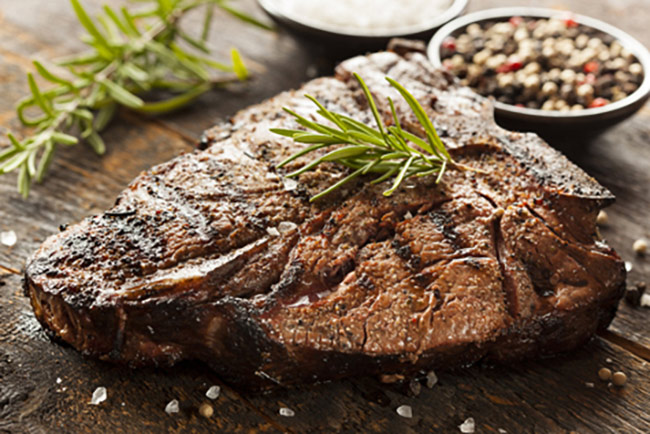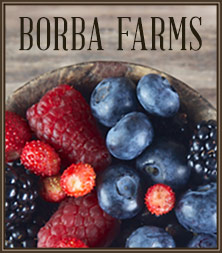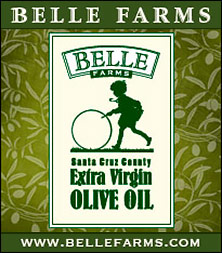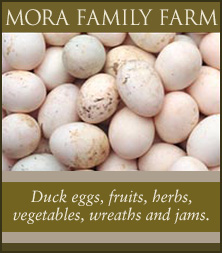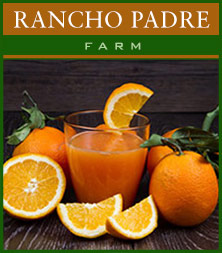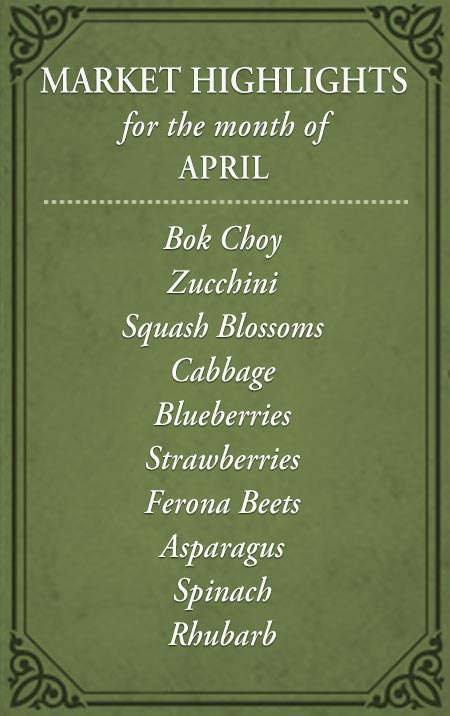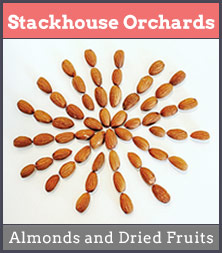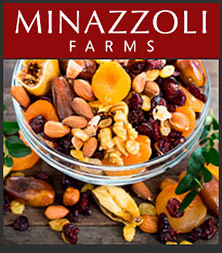When it comes to cooking pastured or grass-fed meats, remember that these meats are leaner than the usual grocery store grain-fed meats, so you need to cook them a little differently.
Grilling
For grilling steaks, keep the degree of doneness to medium at the most, although I recommend medium-rare. Use a lower heat and check it sooner than you think you should until you get used to cooking pastured meats.
Dry Aged Meat
With dry-aged meat, not only is it lean, it also has a lower moisture content, so low heat is a must that the meat does not dry out. If you are grilling, use a lower direct flame to mark the steaks and get a bit of char on the outside, then move the meat off the fire to the side of the grill and finish with indirect heat.
If cooking on the stovetop, sear the meat in the pan, and then once you have turned the meat and seared both sides, move the meat to the oven to finish at a temperature of around 325°F.
Braising
For braises, cook the meat gently. Sear the meat for flavor, then add the liquid. Bring to a boil, skimming off impurities that form on the surface. Lower the heat to a bare simmer, or better yet, place it in the oven and finish cooking there at a low heat, about 300°F. For roasting these meats, use a gentler heat, and marinating can be a good idea.
While learning how to cook pastured meat, keep the seasoning fairly simple until you are more familiar with the characteristics of this meat as it cooks, and also to get a better grasp of the meat flavor. Grass-fed meat has little more chew to it, and the flavor, which can be hard to describe, really is “beefier.” The lamb I have had has a fine lamb flavor without the tallow-like funk you find in older, fattier lamb.
Goat tends to have a higher bone-to-meat ratio it seems, so be prepared. That said, the flavor is wonderful – sort of like lamb, without the gamey quality you can get as a result of the fat, and with a deeper flavor. Be sure not to overcook the goat or it will be quite tough. Remember – you can always throw it back on the heat, but once it is overcooked, nothing will help! Keep in mind that only certain goats give this mellow flavored meat, so be careful where you shop if you are not getting your goat at the farmers’ markets.
Grass-Fed Meats Superior to Commercially Produced Meat in Every Way
When looking at statistics, it is apparent that meat from grass-fed animals is nutritionally superior to meat from grain-fed animals. In some instances, the differences are astounding:
- Grass-fed beef is lower in fat and calories, overall. Switching to grass-fed beef can help lose weight.
- A six-ounce serving of pastured beef has 100 calories less than grain-fed beef.
- Contains significantly higher levels of vitamin E, beta-carotene, and omega-3 fatty acids. Omega-3s are the “good fats” that are essential to good health that the body can not manufacture. Omega-3s are necessary for good cardio health, heart rhythm, and blood pressure, and fight depression, Alzheimer’s disease, and cancer. They also aid in recovery from surgery.
- CLAs (conjugated linoleic acids), are a family of nutrients that have been shown to be anti-carcinogenic and antioxidant. CLAs also are supposed to decrease the risk of heart attack and decrease inflammation as well, and there are studies that suggest CLAs have other positive health benefits too.
- On the whole, grass-fed ruminants (such as beef and sheep) have 300 to 500% more CLAs than grain-fed animals. By the way, synthetic CLA supplements don’t have the same efficacy that those consumed naturally do.
- Did you know cattle use 70% of the antibiotics used in the USA? Antibiotics are necessary for cattle in feedlots to protect them from diseases they get resulting from eating grains, poor manure management, and being stressed out from living in feedlots. Antibiotics are rarely, if ever, used with grass-fed animals.
- The benefits of pastured animals in the diet also apply to eggs and milk products. Cheeses and eggs from these animals contain many of the benefits mentioned above and are lower in cholesterol and saturated fats.


